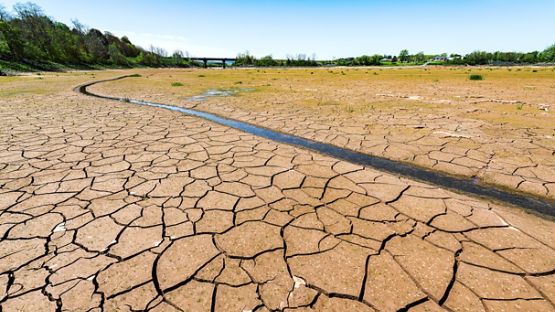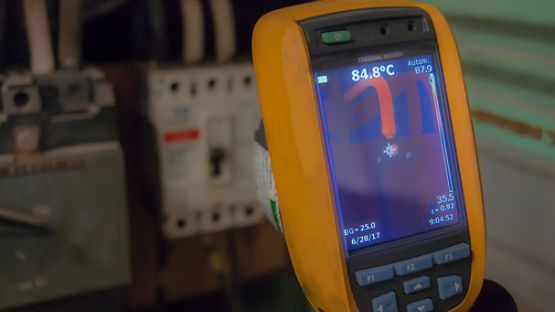In recent years, water damage, and flooding in particular, has become increasingly common and one of the more destructive types of natural disasters. A recent poll revealed that more than one-quarter of Canadians don’t know if their property insurance policies cover flooding, while another 45% only “think” they do. Not knowing whether you have coverage for water damage can be costly.
In 2018 alone, catastrophic losses cost Canadians and their insurers over $2 billion. A single 2018 summer flood in Toronto, Ontario, filled streets and businesses with water and led to costs of over $80 million, while a similar flood in Eastern Canada in 2019 cost insurers over $208 million. Water damage claims account for nearly half of all insurance claims, and the frequency and cost of these claims has risen dramatically in recent years. Here are some of the reasons for this increase:
- Roof leaks are one of the most common causes of water damage, especially in areas that are prone to freezing weather, strong winds and hail.
- Faulty plumbing can also contribute to water damage, especially in aging, poorly constructed or poorly designed buildings.
- Strong storms are more frequent and last longer, resulting in water-related damages.
- Infrastructure in many areas is old or inadequate and unable to handle the volume of water associated with flash floods or snowmelt.
- Sewer backups are also occurring more often, both with old systems and with newer ones that are designed to handle both rain and sewer water.
- Population growth adds to the strain on infrastructure and the ability of local governments to deal with water damage.
Other factors are contributing to the growing costs related to water damage. These include floods, which can require remediation of toxic paint, and asbestos in building materials during the rebuilding process. Older buildings may also need additional repairs to bring the building up to code. The cost of replacing modern technology and electrical systems can also increase costs.
There is some good news. Some municipalities are being proactive and installing technological solutions that monitor for water leaks in municipal piping. Others are offering assistance to businesses for the installation of sewer backup valves.
What you can do to get ahead of potential water damage
There are a handful of things you can do to protect your property, business and contents from water damage:
- Perform regular maintenance on plumbing systems, including sanitary lines and hot water tanks. Have water and sewer lines scoped to reveal damage from tree roots. Test shut-off valves to ensure they will work in an emergency.
- Pay attention to your building envelope. Ensure your roof is in good condition and your downspouts and drains are free of obstructions. Caulk your windows to ensure an adequate seal, and make sure grading slopes away from your premises.
- Is your water hard or soft? Depending on where you live, the quality of water can affect your appliances and plumbing systems, causing them to deteriorate much more quickly. Water softeners are available for hard water areas, but you could consider it for soft water areas. Soft water can lead to corrosion of copper piping.
- Technology can monitor and even reduce issues related to fluctuations in building temperature. Water detection and shut-off systems can prevent damage from burst pipes due to freezing or leaking of your hot water tank. This can help eliminate or reduce loss to your business, particularly when you’re not there.
Insurance
Talk to your insurance broker about what water damage your current property insurance covers and what additional insurance you might need to protect you and your business. If you don’t have an insurance broker, use our Find a Broker tool to find one in your area today.
Sources
Contant, J. (2018, April 30). Early April storm in Ontario, Quebec causes $85 million in insured damage. Canadian Underwriter. Retrieved from https://www.canadianunderwriter.ca/insurance/early-april-storm-ontario-quebec-causes-85-million-insured-damage-1004131045/
Flood Factor: Insurance Bureau of Canada aims to help Canadian homeowners better understand the risk of flooding. (2018, May 3). Insurance Bureau of Canada [News release]. Retrieved from http://www.ibc.ca/on/resources/media-centre/media-releases/flood-factor-insurance-bureau-of-canada-aims-to-help-canadian-homeowners-better-understand-the-risk-of-flooding
Gambrill, D. (2018, January 9). Why Canadian insurers paid $1.33 billion for cat claims in a benign cat year. Canadian Underwriter. Retrieved from https://www.canadianunderwriter.ca/insurance/canadian-insurers-paid-1-33-billion-cat-claims-benign-cat-year-1004125870/
Toronto flood causes over $80 million in insured damage. (2018, September 7). Insurance Bureau of Canada [News release]. Retrieved from https://www.newswire.ca/news-releases/toronto-flood-causes-over-80-million-in-insured-damage-692706351.html
2019 Facts of the Property and Casualty Insurance Industry in Canada. (2019) Insurance Brokers of Canada. Retrieved from http://assets.ibc.ca/Documents/Facts%20Book/Facts_Book/2019/IBC-2019-Facts.pdf.












